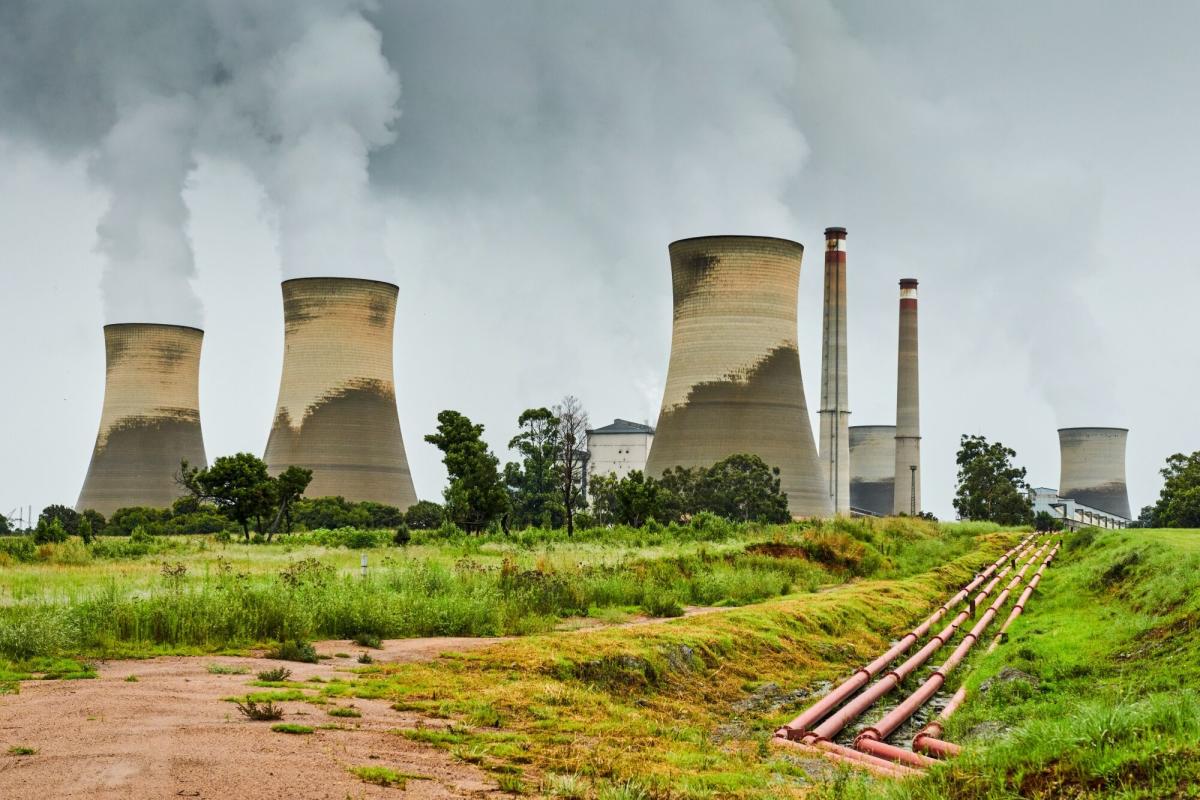Most Read from Bloomberg
The Major Air Polluters in Africa report, released Thursday by Greenpeace, asserted that coal-fired plants operated by the utility account for five of the world’s 10 biggest single-source nitrogen-dioxide emission sites. The company also runs two of the 10 worst sulfur-dioxide sites, Greenpeace said.
“The Greenpeace report appears to rely on satellite interpretation of the high levels of nitrogen dioxide and sulfur dioxide in the troposphere,” Eskom said in a response to queries. It “links the nitrogen dioxide and sulfur dioxide measured many hundreds of meters above the ground to direct health impacts at ground level,” the utility added.
South Africa, which relies on coal for the generation of more than 80% of its electricity, has some of the world’s worst air pollution, with emission standards that, while considerably more lenient than in other major polluters China and India, are rarely enforced.
The company said that at ground level, its plants mostly comply with South African nitrogen-dioxide emission levels and where they don’t, it’s due to nearby vehicle traffic and other industrial sources.
The two newest of its 14 operating coal-fired plants, Medupi and Kusile, as well as Camden are fitted with so-called low NOx burners to reduce emissions of nitrogen dioxide and others may retrofitted with the equipment, it said. Flue-gas desulfurization units, which slash sulfur-dioxide emissions, will be retrofitted at Medupi and is in place at Kusile, it said.
Still, that equipment is currently being bypassed at Kusile after an accident. The Centre for Research on Energy and Clean Air has previously asserted that Eskom is the world’s biggest sulfur dioxide polluter.
Eskom’s particulate matter emissions were also at a 31-year high in the six months through September.
(Updates with particulate emissions in last paragraph)
Most Read from Bloomberg Businessweek
©2024 Bloomberg L.P.
